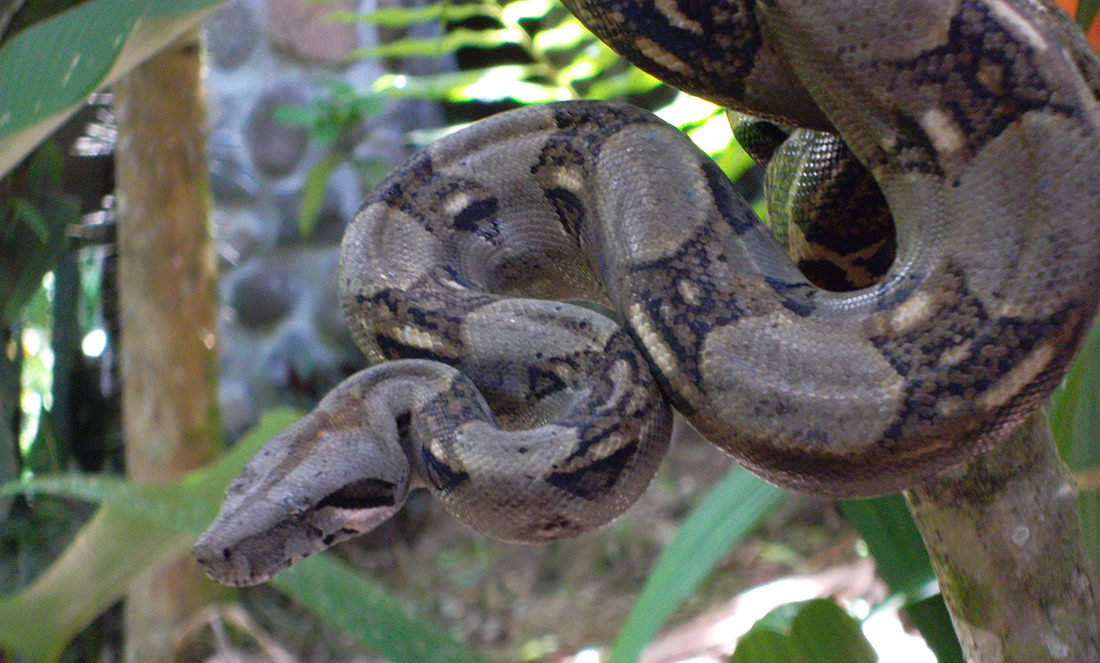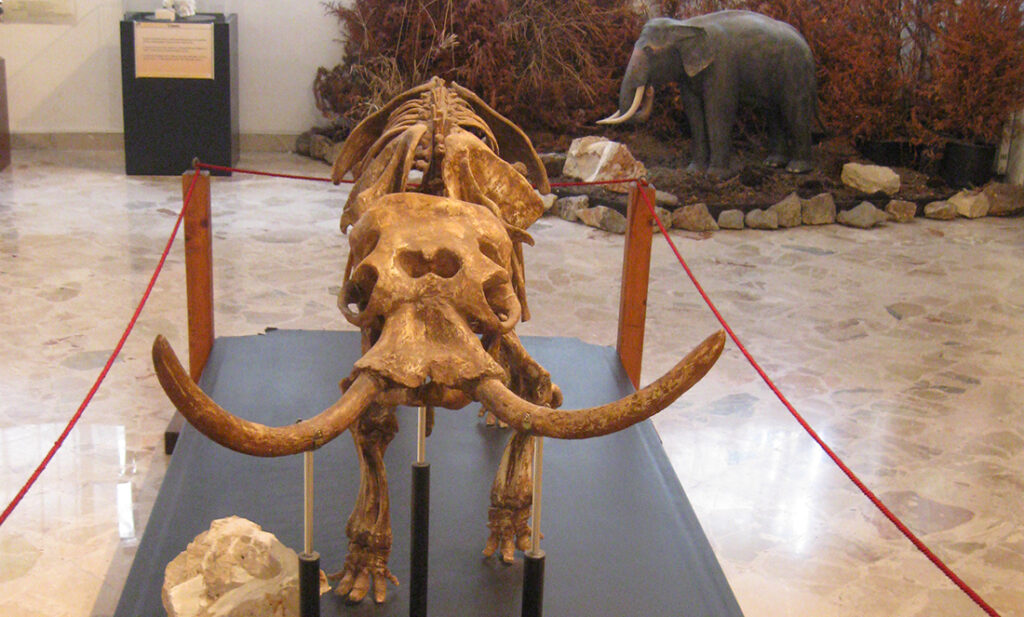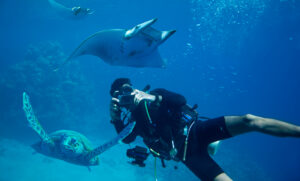For some time, scientists have noticed that something weird happens to mammals living on islands. Islands seem to host small versions of mammals that are normally much bigger on the mainland and large versions of mammals that are normally small on the mainland.
It’s called the island rule, and it’s kind of a weird one. But it has been observed in many species.
For example, big animals like mammoths, sloths and boas seem to follow an evolutionary trend towards size reduction—in some cases, quite extreme. Dwarf elephants, for example, lived between 800,000 and 12,000 years ago on Sicily and Cyprus and other Mediterranean islands. They were just 1 metre tall, about the same size as a newborn African elephant.

The Jersey red deer once lived on the island of Jersey, located some 25km off the coast of northwest France. These island deer weighed about 36kg as adults, while their mainland peers weighed more than 200kg.
But not all dwarf animals are extinct. Today, you can find some living species that also followed this insular dwarfing trend.
“There are dwarf buffaloes in Sulawesi and Mindoro in the Philippines and pygmy sloths found only on a small island off the coast of Panama,” says Dr Roberto Rozzi at the Museum für Naturkunde in Berlin.
Island rules
So, what’s up with islands? They might look like an idyllic vacation spot for most of us. But for wild animals, they are places of stiff competition for limited resources and limited space.
“If you are a large-bodied animal living on an island with limited space and dietary options, giving birth to offspring that take up less space and require fewer high-quality resources could be the key to your species’ survival,” says evolutionary anthropologist Caitlin Schrein.
“As long as predators aren’t a problem and competition with other animals is reduced, then over generations, natural selection would lead to entire populations with reduced body size,” Caitlin says.
And the whole miniaturisation process doesn’t even take that long. Some species like the Jersey red deer only needed around 6000 years to become a cute dwarf deer. “From an evolutionary perspective, that’s a remarkably short time period in which to see such dramatic changes,” Caitlin says.

So what is driving this odd evolutionary path? One group of scientists is betting on genes to crack open the secret of island dwarfism.
The secret of dwarfs may be in the genes
Across several islands in Central America, you can find boas that are just half the length and a fifth of the weight of a regular continental boa. These island boas mostly live in trees and have proportionally larger eyes and longer tails. They have also evolved variations in different body parts that help them move and hunt more efficiently on tree branches.

To get a glimpse of the genetics behind the dwarfism process, a team led by Daren Card at the University of Texas, Arlington, analysed the genomes of various island and mainland boas. Their study found a gene that may be involved in the dwarfism process of this species.
“This gene was a candidate because it was one of a small number of genomic regions that was highly differentiated between island and mainland populations. The gene is also known to cause human Coffin-Lowry syndrome, which is associated with short stature and craniofacial abnormalities. These traits are seen in island boa populations too,” Daren adds.











